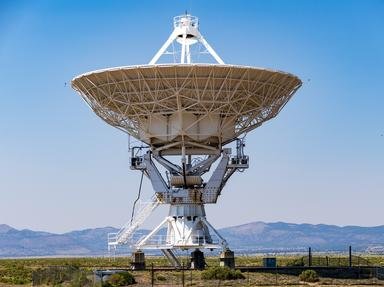Quiz Answer Key and Fun Facts
1. Tycho Brahe, the Danish astronomer, discovered a new supernova, which has since been known as "Tycho's Supernova". By which other name is it known?
2. Astronomers announced in July 2013 that they had discovered the largest ever example of something tucked away in a stellar nursery. What was it?
3. Which southern sky constellation contains the beta star Miaplacidus?
4. The biggest star on record in 2010 was discovered in a neighbouring galaxy, in a region of space known as what?
5. In 1930, Edwin Hubble put forth a theory about the universe that became known as what?
6. The comet is coming! The comet is coming! You might have heard these words in 2011 when a certain comet led to predictions of disasters on Earth and other planets.
What was the comet's name?
7. Which constellation would the star Sirius be found in?
8. A prediction has been made that the Milky Way galaxy will collide with another galaxy sometime in the future. Can you name the other galaxy?
9. What is a variable star?
10. And now, for some of us, the most famous star of all - "The Star of Bethlehem" is thought by some to be an appearance of which solar system body?
Source: Author
playmate1111
This quiz was reviewed by FunTrivia editor
CellarDoor before going online.
Any errors found in FunTrivia content are routinely corrected through our feedback system.

